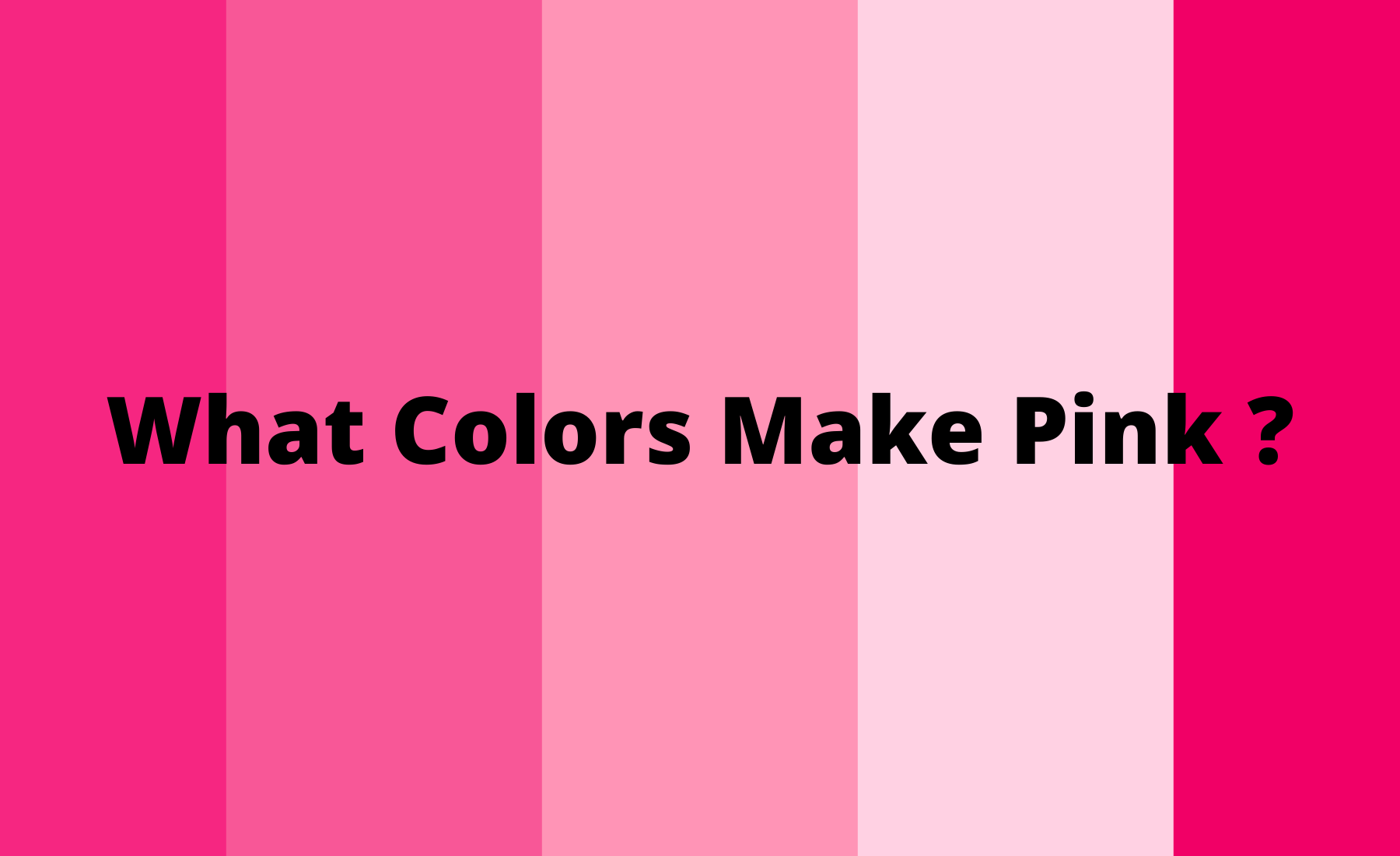What Colors Make Orange? Types of Orange Color
Published Feb 7, 2022 | By Admin

Yellow and red make orange when they are mixed together. However, mixing red and yellow to make orange is just a starting point for how to mix different shades of orange color.
How to make shades of orange with different types of yellow?
Cadmium yellow and cadmium red are two colors that make orange a good robust color when mixed together. While yellow ochre mixed with cadmium red creates a much more muted orange. The third orange mixture with cadmium lemon and cadmium red creates a brighter orange that is much more saturated than the muted orange with the yellow ochre.
How to make shades of orange with different types of red?
You are able to make a nice robust orange when mixing cadmium yellow with Alizarin crimson. This shade of orange will not be quite as warm and bright as an orange color mixed with cadmium red. As alizarin crimson is a much cooler shade of red, than cadmium red. So it is natural that the shade of orange you create with alizarin crimson will be cooler in temperature.
You can see a much muted orange color mixture from cadmium yellow and burnt sienna. Burnt sienna is an earth tone color, so whenever you mix it with a yellow it will create a muted shade of orange.
How do you Create a Bold Orange Color?
This deals with color bias or the temperature of a color. You have warmer and cooler colors. So, you can get cooler as well as warmer yellows and reds. By combining warmer colors, you can create a more vivid and bold orange color.
How do you Create a Vibrant Orange Color?
Ultimately, the lesson of color bias is that to create vibrant orange color, we need to use a warm red and a warm yellow. Cadmium yellow and cadmium red lean heavily towards orange, so mixing them creates a bright and vibrant shade.
Cadmium yellow and alizarin crimson also create a beautiful and robust orange, but it is not as warm as the cadmium yellow and red combination. This difference in temperature makes sense because alizarin crimson is a much cooler red than cadmium.
The orange you create also depends on the ratio of red and yellow you use. If you want to know how to make red orange, try experimenting with adding a little more red than yellow.
Muting Orange with Blue
We are going to use the warm and rich orange created with cadmium yellow and cadmium red as the basis for our muting experiments. Blue is the best option for creating a muted neutral orange, but there are so many different blues! The relative temperature of your blue will affect your orange outcome, so there is room for experimentation. Using a warm blue, like cobalt blue, will translate into a warm, but muted orange.
If you choose to use a cooler blue, like ultramarine blue, your muted orange will be slightly cooler too. You may be wondering how to make dark orange. If you choose to mute your orange with a dark and cool blue, it will end up with a small amount of green in it.
Muting Orange with Green
Green is close to blue on the color wheel, so it also complements orange to a degree. You can create beautiful muted oranges ranging from robust deep shades to light brown oranges using green as a muting agent. The more variations of color you can create, the more believable and dimensional your painting. Muting some of your orange paint with green is a wonderful way to create a more diverse color palette.
How to Make Light Orange?
White is the most common color used to create tints of any color. Adding white to our cadmium orange will lighten it to a shade similar to a creamsickle. Using white does make the color less vibrant, however, so there is another option. You can also add a little more yellow to your orange shade to make it lighter but retain the brightness.
How to Make Dark Orange?
To make any color darker, you can add a small amount of black. Black can be a little dangerous, however, for two reasons. The first reason is that a little bit of black goes an incredibly long way, and adding too much can be difficult to fix. The second reason why some artists prefer to steer away from using black is that it often has a green base. Adding black that contains green to your orange is likely to make it muddy and brownish. You can try adding dark shades of red to your orange to darken it.
Tips for Getting the Perfect Shade of Orange
Now that you are an expert on orange, here are three tips to help you mix the exact tint of orange you want. I highly recommend using the color matching company Pantone’s online color tool as way of helping you visualize various hues of orange.
Tip 1: Choose a Hue
In color, ‘hue’ refers strictly to the colored pigment or combinations of pigments without white or black added. This is what creates pure, bright color. ‘The brighter the hue, the brighter shade of orange you’ll get’. So, if you want a bright citrus color orange, crank up the hue.
Tip 2: Consider Darkness and Light
The relative lightness or darkness of a color is called its ‘value’. Typically, orange colors with a lighter value will look paler and more pastel. If you want a light color orange, try going for a melon or peach color.
In contrast, orange colors with a darker value will appear richer and more subdued. So if you want a more subtle orange, try going with a spice or rust color.
Tip 3: Adjust the Saturation
The amount of color included in a hue relative to the amount of white or black is called its ‘saturation’. Colors that make orange and have very little white or black added are considered more intense. So, a bright vivid orange shade like papaya or carrot are considered saturated shades.






